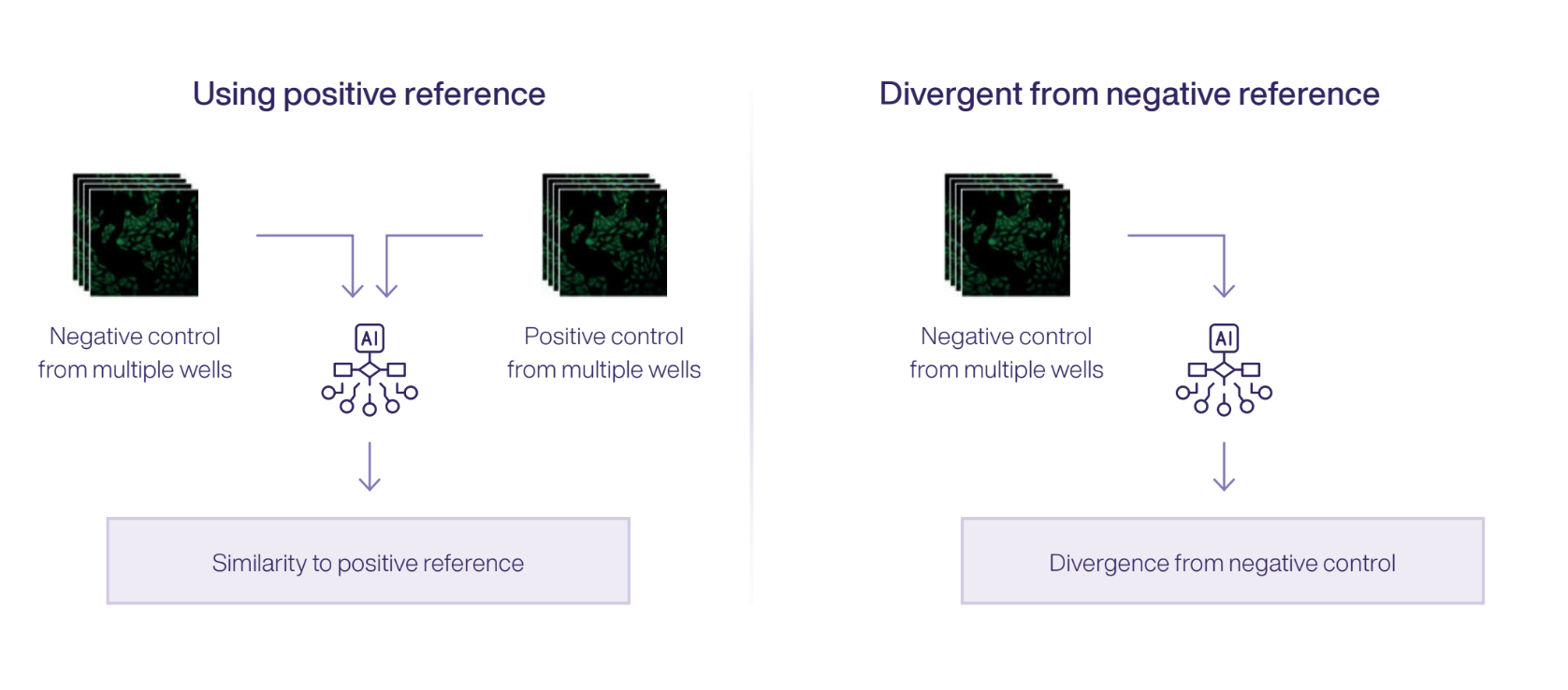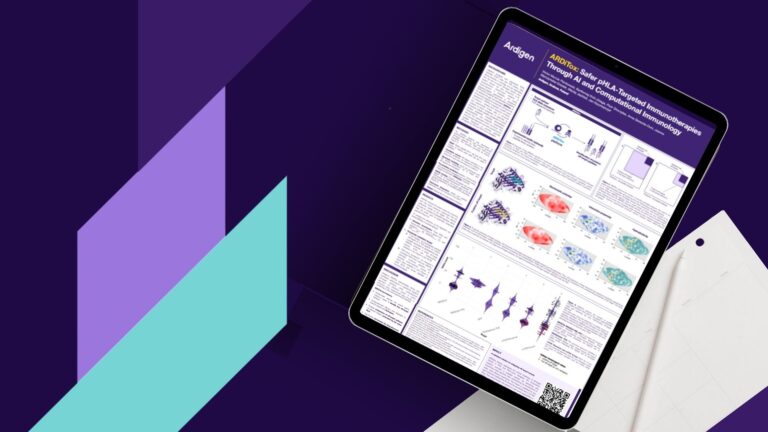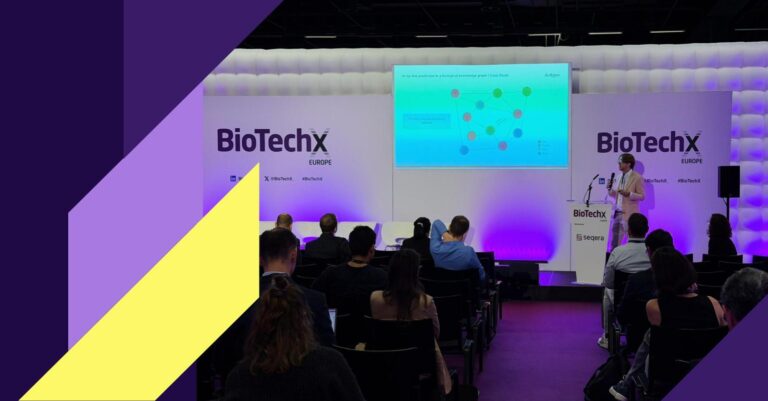How are biotechs and big pharma companies using artificial intelligence to improve hit identification in high - throughput screening?
In high-content, high-throughput screening, identifying true hits requires more than just signal detection – it requires understanding morphological effects and ensuring data quality. This case study outlines how pharmaceutical and biotechnology customers have used Ardigen’s phenAID platform to improve hit identification using AI and advanced phenotypic profiling.
The Challenge
- Detecting true phenotypic hits among thousands of tested compounds.
- Filtering out toxicity-driven signals that distort biological relevance.
- Linking morphological changes to both chemical and genetic perturbations.
- Identifying quality issues in large-scale screens.
Our Approach
Using the Hit Identification module of phenAID, Ardigen:
- Analyzed imaging data with a combination of CellProfiler and deep learning features.
- Cross-referenced results with positive and negative controls.
- Flagged samples with abnormal quality metrics for rerun.
- Separated toxicity-related effects from relevant phenotypes.
- Linked morphological features to known chemical and genetic perturbations.
Ardigen phenAID platform module for Hit Identification guides the research phase of a biotech company.

Results
- Interpretable hits with visual confirmation of key phenotype-driving features.
- Quality control alerts triggered second screening runs where needed.
- Customized filtering improved biological relevance of selected hits.
- Enabled deeper insight into the relationship between compound action and phenotype.
Ardigen’s phenAID streamlined the client’s hit identification process, delivering accurate, interpretable, and actionable results. This not only saved time but ensured that downstream decisions were based on robust, AI-supported insights.
Expert Contribution
The precision and interpretability of these results are a testament to the expertise of our team, including Nasim Jamali, Senior Bioinformatician at Ardigen.
Nasim specializes in data analysis and visualization of complex biological data, including NGS and omics, and her contributions ensure our AI-supported insights are both robust and actionable.
Further Reading from Ardigen's Knowledge Hub
Explore more insights into phenotypic screening, AI, and HTS:



